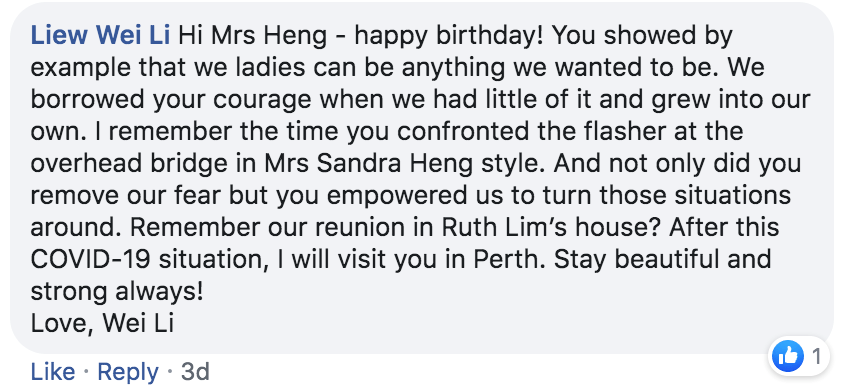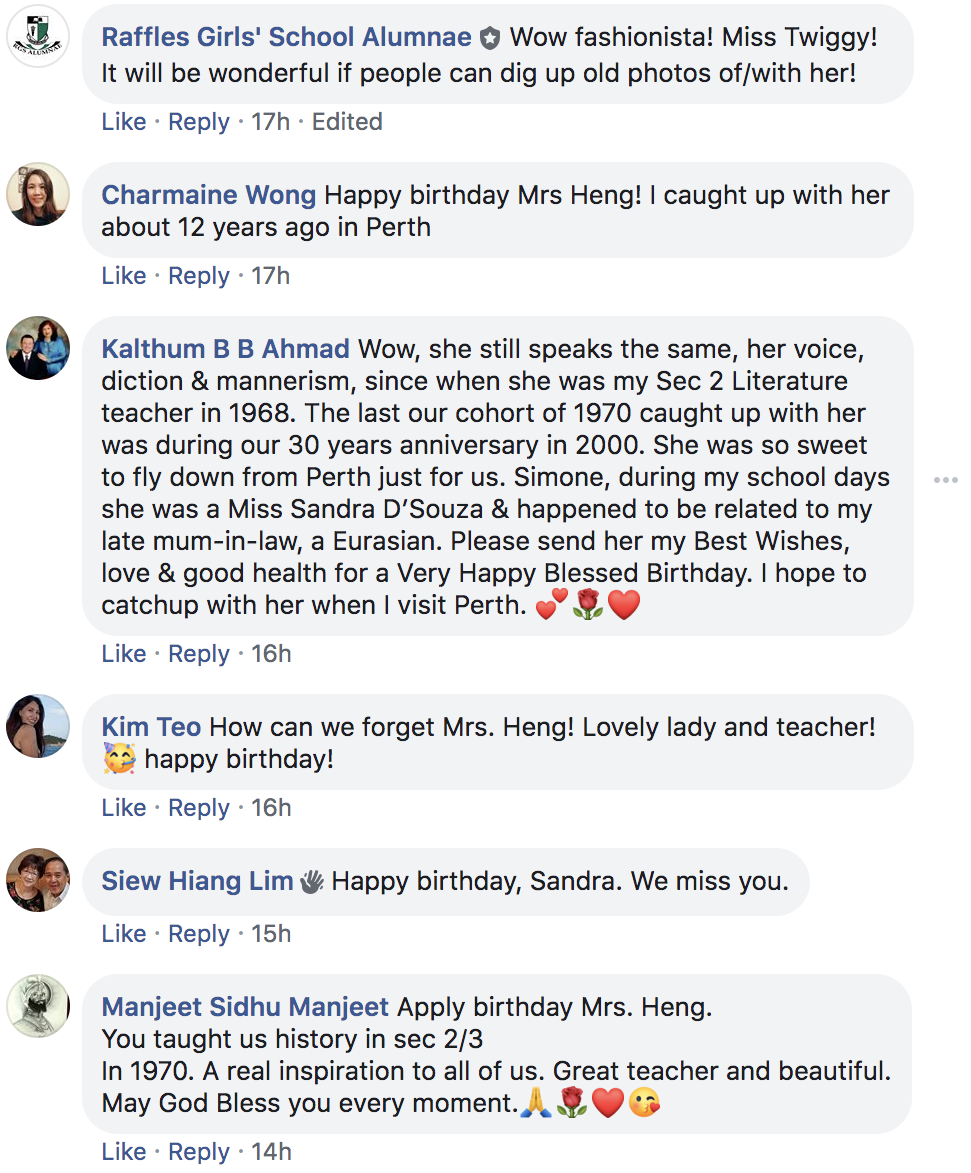I’ve been speaking on and researching the topic of human connection for a few years now and I have always said in my work on the topic prior to the pandemic we are currently experiencing, that I don’t villainize technology. I am a huge proponent of using technology as means of spreading not just the message of human connection but doing the connecting itself.
I learned that technology could be hugely beneficial in connecting us with those we love, and our community when I was 19 and my father was dying of terminal cancer. Let me explain, my mother has a rare degenerative disease which is literally eroding tissue in her brain. Four years ago she forgot the days of the week and the times of the day, two years ago she forgot my father had died in 2004 and they said eventually, she may forget who I am.
When I found out this news, my reaction was probably not what most people would do, I started paparazzi-ing my mother and documenting via social media and my phone, what I believed to be our last lucid moments together. This was spurred on by the fact that I just don’t have video of my Dad from 2004 because we didn’t have smart phones then. Anyone who has experienced profound personal loss knows that photos only give us so much. Over time, I have forgotten his mannerisms, the tone of my father’s voice and his smile and I was not about to let that happen to me for the second time, so I began recording my mother.
I began recording so many moments with her in Perth on my visits and re-watching them when I returned to Singapore, reminding myself of our life-giving connection. Studies show that the simple act of watching a video of people we love can elicit the social bonding hormone oxytocin and make us feel a lot better, even while social distancing. Video is our next best thing to in-person human connection and it has blessed us with far more emotional information for us to connect with than still images, voice notes or text messages.
This video of us connecting, went viral on LinkedIn, it showed me that even digitally, we can connect authentically and at a deeply human level. Many people were moved to tears as am I, every time I watch it. You can see the moment when my mother goes from engaging with me as a stranger, to realising I am her daughter and I am there dancing with her.
As an expatriate from the age of 21 (2005), I felt the loneliness and disconnection of not being able to see what was happening at home but in 2007 when I became a Facebook user, this all changed. All of a sudden I was able to connect simultaneously to my reality in Dubai or Singapore (or wherever I was living) and also to be connected to my family back home. It was a dream come true, liberating me from a lot of guilt. From there, I realised if we exercised the best choices with technology and got a little creative, it could compliment, in-person human connection like in my next story.
After my mother had her stroke, born of the disease I mentioned earlier, she forgot her Facebook password. Recently on her birthday during the global lockdown, March 6th, I was hit with a wave of sadness as her dormant Facebook account as it is still connected with mine, reminded me: “Today is Sandra Heng’s birthday.” A small cake with candles icon blinking at me in the top right hand corner of my Facebook profile. That Facebook account had reassured my mother I was healthy and safe when I was in Dubai. She had made friends with my friends. She had gotten to see what the Middle East looked like through my eyes. Then the lights went out. We tried to get her password after the stroke back but during the process, the disease beat us, her condition deteriorated so quickly, to the point where she can now no longer remember to charge even a device. My latest resort is having to call the nursing home main line to talk to her as her phone battery has gone flat.
Despite this, social media is still being used in my mother’s life and during the worst of Australia’s shutdown (I would argue a nursing home was the worst place to be during this time) social media inadvertently became her lifeline. Through the simple act of connection, those of us who are already isolated can feel more connected. Technology could save those already dangerous close to the edge, as I wrote about in my previous article here on human connection.
There is no shortage of studies showing that those people who feel more connected to their community live longer. Dr Lisa Berkman of the Harvard School of Health Sciences observed a group of 7,000 people over 9 years. Her results? Those that lacked quality social or community connections were three times more likely to die of medical illness than those with strong social ties. Other studies show loneliness is more deadly than obesity and smoking. This is how important our human connections are.
In Malcolm Gladwell’s “Outliers” he opens his book with the story of the Sicilian-American village Roseto and how their lack of suicides, alcoholism, drug addiction and crime are the direct result of Human Connection. Here’s an extract from the study featured in the book:
“They looked at how the Rosetans visited one another, stopping to chat in Italian on the street, say, or cooking for one another in their backyards. They learned about the extended family clans that underlay the town’s social structure. They saw how many homes had three generations living under one roof…They counted twenty-two civic organisations in a town of just under two thousand people. . In transplanting the Paesani culture of Southern Italy to the hills of Eastern Pennsylvania, the Rosetans had created a powerful, protective social structure capable of insulating themselves from the pressures of the modern world.”
In other words, Human Connection is really really good for your health and I argue the world needs its health more in 2020 than ever before. So how can we replicate the social interactions of a village like Roseto in this era of Covid-19? How can we digitally replicate this feeling of connection when a handshake could be lethal? Well on the same day Facebook gave me a notification of my Mum’s birthday, I shared this video on Instagram of her International Women’s Day thoughts from two years earlier.
Now my mother had been a teacher at Raffles Girls School. Raffles Girls School is like the “Dead Poets Society” school of Singapore. It is where the nation’s most talented, female minds go to be educated. My mother’s former students are CEOs, surgeons and community leaders and my mother revelled my sister and I with stories of these students when we were growing up. Even though she taught there 40 years ago, it’s still a huge part of my mother’s identity. The memories of this time she retains because they are long term memories, in effect this part of her identity is how she connects with herself.
After I posted this video on my Instagram, the school’s alumni reshared it on their RGS Alumnae Page. The next morning, the day after my mother’s 73rd birthday, I woke up to these stories of connection. My mother, as I always knew, the original Human Connection Superhero.



I called my mother immediately; I knew this would be the best gift for her self-described “lonely heart.” As I read the messages to her, she sobbed. She felt remembered, acknowledged and CONNECTED once again to a wider community just as she had once empowered the voice of each of these young women and made them feel acknowledged.
There are a few things we can learn from this story on the future of human connection as our new normal solidifies. Firstly, this whole story had incredible connective and emotional impact on the women who she taught and the connection spanned two continents, Asia and Australia and yet not one person met face-to-face during this story, yet it has deep connective value, not just for the people in the video but also for those viewing it. Even as you read this, via a digital medium, you and I are on some level connecting.
As a result, as you can see in the screenshots, some of the ladies will be seeing my Mum and fly to visit her. So, there will be face-to-face human connection that comes out of this and that’s just another example of what human connection via technology should look like, like a happy marriage, they should encourage each other. The digital should however, always taking a secondary role to face-to-face connection.
I share this story to demonstrate that it is absolutely possible to connect authentically through digital mediums. The emotions my mother, these students and I felt and possibly you feel when reading and viewing this story, were real. It is a hard truth but we are simultaneously disconnected while having more access to each other than ever before in our history. We felt alone because, prior to Covid-19, we had been using our technology in a way that made us feel surrounded by surface-level connections, the virtual equivalent of standing, made-up at a party looking around at all the guests and still feeling hauntingly alone. My greatest soothing balm during this pandemic has been seeing virtual connection deepening and our devices used to engage with those we love in the way their inventors intended. I know I am not alone in hoping this continues well into our new normal.


